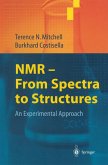
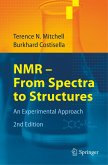
Broschiertes Buch
An Experimental Approach
2nd, rev. and exp. ed.
1. August 2007
Springer / Springer Berlin Heidelberg / Springer, Berlin
12028634,978-3-540-72195-6
| eBook, PDF | 57,95 € |
Ähnliche Artikel
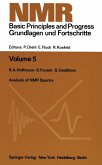

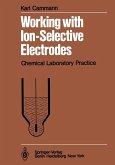
eBook, PDF
6. Dezember 2012
Springer Berlin Heidelberg

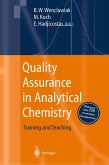
eBook, PDF
20. Dezember 2013
Springer Berlin Heidelberg
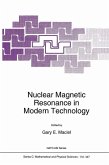
eBook, PDF
6. Dezember 2012
Springer Netherlands
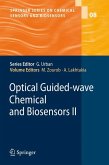
eBook, PDF
10. März 2010
Springer Berlin Heidelberg

69,99 €**
54,99 €
**Preis der gedruckten Ausgabe (Broschiertes Buch)
Sofort per Download lieferbar
VersandkostenfreieBook, PDF
2. Juli 2013
Springer Berlin Heidelberg
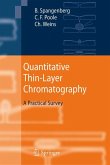
eBook, PDF
3. Januar 2011
Springer Berlin Heidelberg
Ähnlichkeitssuche: Fact®Finder von OMIKRON
